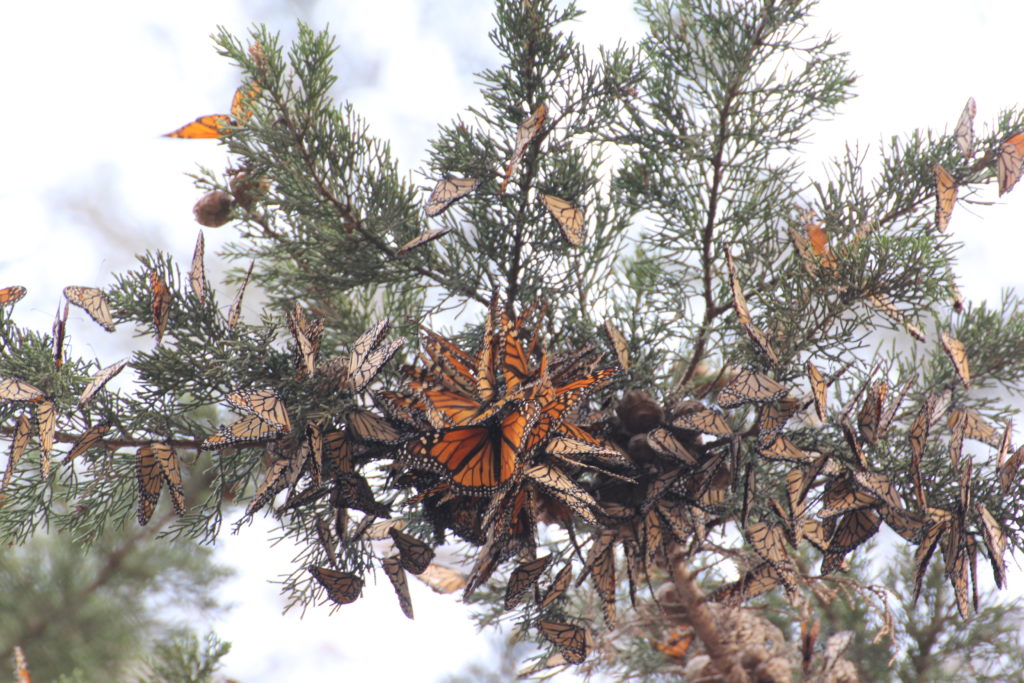
The International Union for the Conservation of Nature (IUCN), a membership union of government and civil society organizations headquartered in Switzerland, has amended its classification of the monarch butterfly on its “Red List” of threatened species. The organization initially categorized the monarch as “endangered” in 2022 but last month decided to downgrade its threatened status to “vulnerable” and could lower the threatened status even further, depending on upcoming population counts of the iconic insect.

The shift in the IUCN’s decision follows a challenge from a University of Georgia ecologist, Andrew Davis, who argued the 2022 designation relied too much on a “linear” population model. The IUCN Red List Standards and Petitions Committee agreed in a ruling last month that stated a more complex model called a “break-point” model, developed by a team led by Wayne Thogmartin of the U.S. Geological Survey that determined a much lower rate of population decline, should also be considered.
The IUCN’s decision is not legally binding, but it could have an influence on conservation policy. It also exemplifies how complicated evaluating the health and status of any threatened species can be, let alone one as unique as the migrating monarch butterfly. The U.S. Fish and Wildlife Service announced in 2020 that listing the monarch on the Endangered Species list was warranted but precluded by working on higher-priority listing actions. Last month, Farmers for Monarchs learned that a final listing decision on the monarch is expected by September 2024. The decision has far-reaching implications for both farmers and conservationists and USFWS is certainly carefully evaluating all factors before making a declaration.
As we have stated regarding any federal listing decision or third-party classification of the monarch, these decisions do not change the mission of Farmers for Monarchs. They only reinforce the Collaborative’s commitment to promoting voluntary efforts to restore, enhance, and protect monarch habitat while maintaining productive agricultural operations. We continue to work with our members to help farmers and landowners identify agricultural and conservation practices to support healthy monarch populations, increase awareness of those strategies with the agricultural community and other interested parties, and promote the implementation of those practices that will support monarch butterfly populations in agricultural landscapes.
